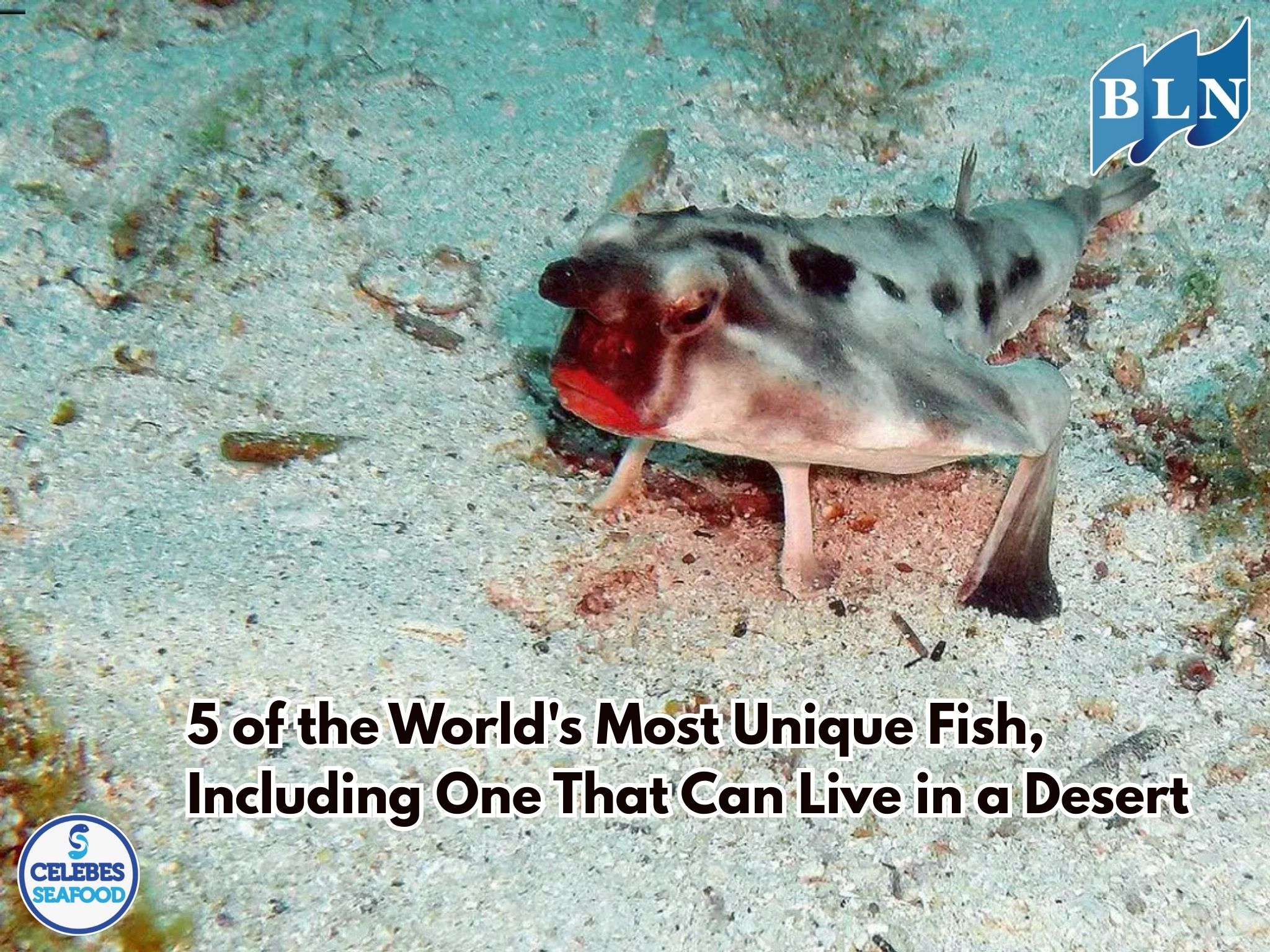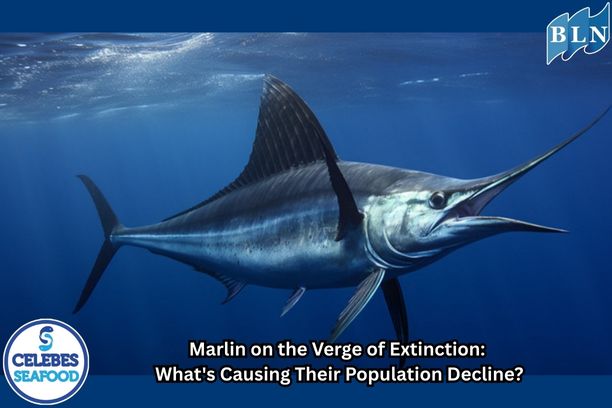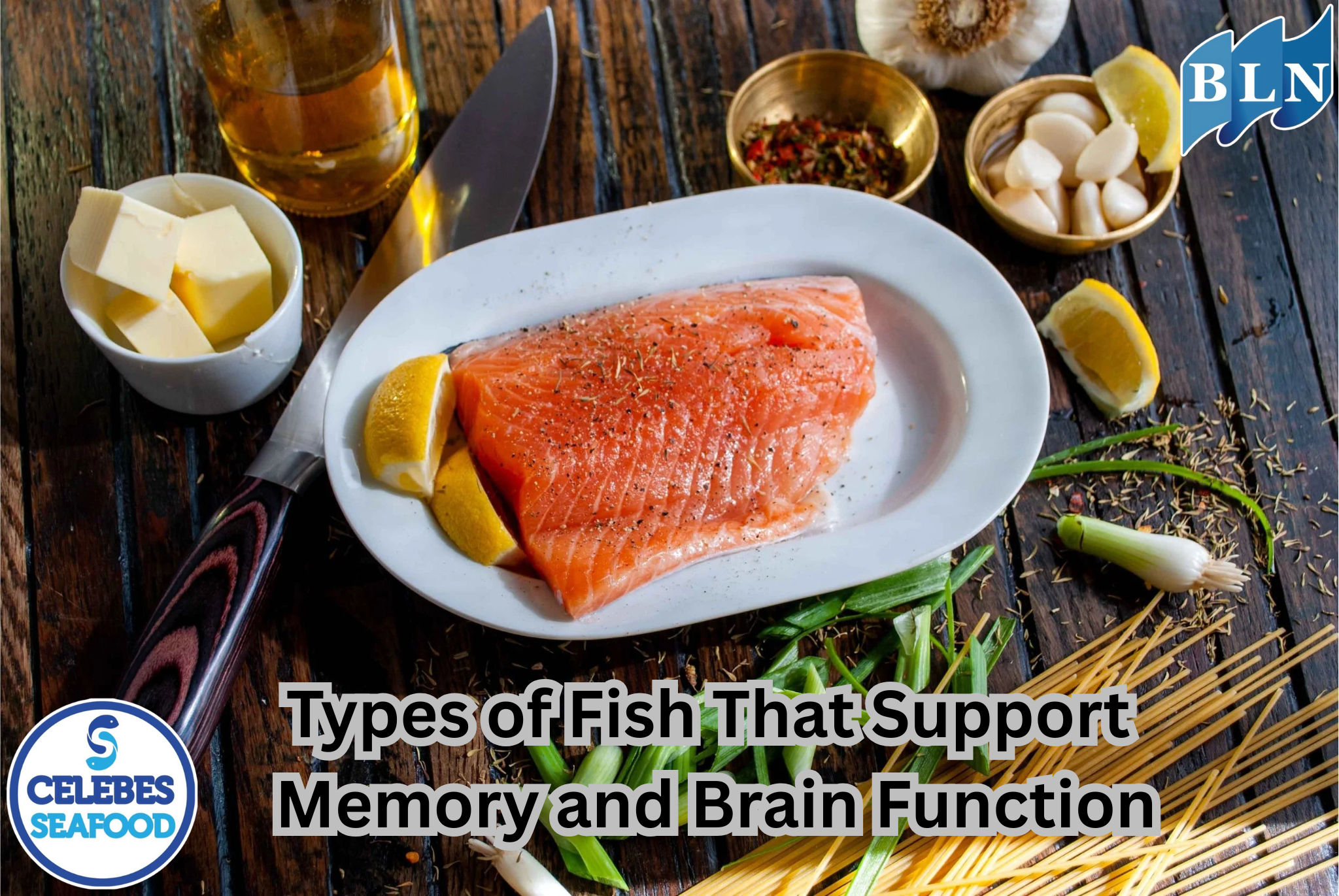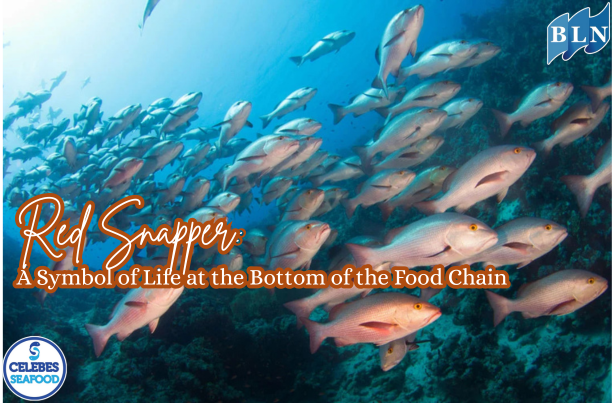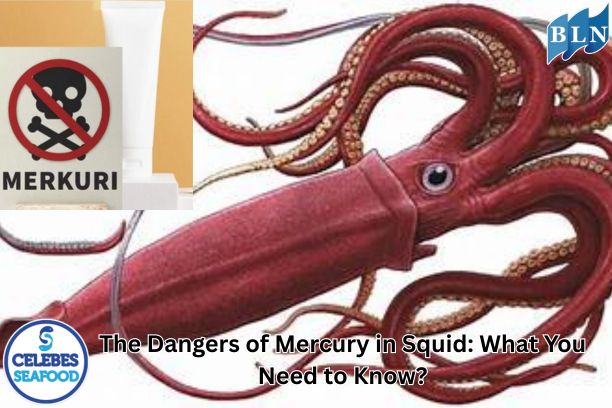Cold Chain Management from Upstream to Downstream: Challenges and Solutions in the Fisheries Industry
By. Tri - 23 May 2025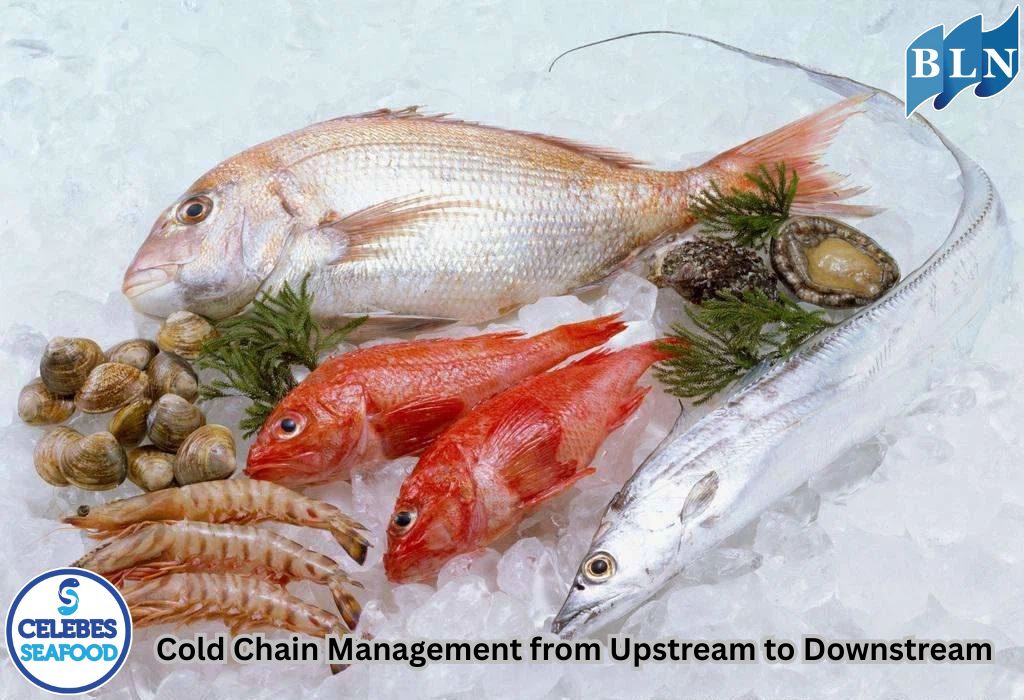
lautnusantara.com_ Fishery products are highly susceptible to quality degradation if not handled properly. From the moment fish are caught until they reach the consumer, every stage requires careful attention to temperature. This is why cold chain management is the backbone of success in the fisheries industry. An effective cold chain not only guarantees food safety and product quality but also enhances economic value and reduces post-harvest losses.
However, implementing and maintaining an optimal cold chain is no easy feat. The fisheries industry, particularly in developing countries like Indonesia with its archipelagic geography, faces significant challenges in ensuring controlled temperatures at every stage.
Challenges in Cold Chain Management of Fishery Products
1. Lack of Adequate Infrastructure and Facilities
Many fishing areas, especially in remote regions, lack sufficient cooling facilities such as ice plants, cold storage, or refrigerated transport. Fishermen often still rely on traditional methods with ice blocks that melt quickly, or sometimes don't use any cooling at all, leading to a decline in fish quality from the outset.
2. Gaps in Knowledge and Handling Practices
Not all stakeholders along the supply chain have the same understanding of the importance of hygienic fish handling and proper chilling. A lack of training and socialization regarding standard operating procedures (SOPs) for correct fish handling is often a primary cause of product spoilage.
3. Transportation and Logistics Constraints
Distributing fishery products, especially from remote areas to consumption centers or export ports, often faces complex logistical challenges. Poor road conditions, long travel times, and a lack of reliable refrigerated vehicles can lead to significant temperature fluctuations that damage products.
4. Market Price and Demand Fluctuations
Unstable market prices and demand can influence the decisions of business actors to invest in expensive cooling technologies. When fish prices are low, the incentive to incur additional costs to maintain the cold chain can decrease, leading to quality compromises.
5. Suboptimal Regulations and Oversight
While regulations related to food quality and safety exist, their implementation and oversight in the field still need improvement. A lack of strict standards or weak law enforcement can allow practices that harm product quality.
Solutions for Cold Chain Optimization
Addressing these challenges requires a comprehensive and collaborative approach from various parties.
1. Infrastructure Development and Improvement
Governments and the private sector need to invest further in the construction and upgrading of cold chain facilities in fishery production centers. This includes adequate ice plants, modern cold storage, and freezers at fishing ports and fish markets. The use of technologies like ice flakes or slurry ice can be more effective in maintaining cold temperatures for fresh fish.
2. Continuous Education and Training
Training and outreach programs should be regularly intensified for fishermen, fish processors, distributors, and traders. Training materials should cover Good Handling Practices (GHP), hygiene, and the importance of temperature control. Direct demonstrations in the field will be very helpful in changing practices.
3. Utilization of Transport and Monitoring Technology
The use of refrigerated trucks or containers equipped with real-time temperature monitoring systems is crucial. Internet of Things (IoT) technology can be implemented to automatically monitor temperatures and provide alerts if deviations occur, allowing for immediate corrective action.
4. Incentives and Supporting Policies
Governments can provide fiscal incentives or soft loans for fishery businesses that invest in cold chain facilities and technology. Furthermore, the establishment of strict quality standards and consistent oversight will encourage the industry to adhere to best practices.
5. Collaboration Among Stakeholders
The success of the cold chain heavily relies on synergy between fishermen, collectors, processors, distributors, government, and research institutions. Forming strong partnerships will facilitate information exchange, resource sharing, and collective problem-solving.
Effective cold chain management is a crucial long-term investment for the sustainability and competitiveness of the fisheries industry. Although the challenges are significant, with commitment, innovation, and collaboration from all parties, high-quality and safe fishery products can be guaranteed from upstream to downstream, delivering greater economic benefits to all stakeholders along the value chain.
If you are interested in our Coral Trout Fillet Skin On, CORAL TROUT WGG WHOLE GILLED GUTTED, TOMATO COD WHOLE GILLED GUTTED please do not hesitate to contact us through email and/or whatsapp.

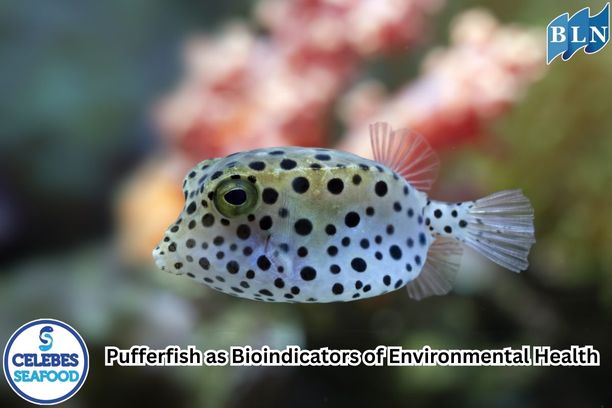
 Biology, Behavior, and Utilization.jpg)

